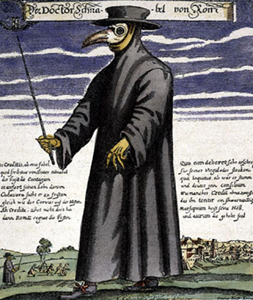Medieval Robots is two years old! Since I started this blog two years ago over 25,000 people (and bots) have come to check it out. And I'm on Twitter, thanks to Hurricane Sandy. I hope to have some more exciting news about the medieval robots of my own research in 2013. In the meantime, thanks for reading, and have a happy New Year and a wonderful 2013 of your own.
In honor of the second birthday of this blog, here are two relevant statistics.
The most popular post is Ye Olde Replicants, with over 1900 views. I wonder how popular it is over at RadioLab?
The most popular search term that drives traffic to this site is: Robocop.

I feel like the talented Chawakarn Kongprasert has illuminated my psyche.

















